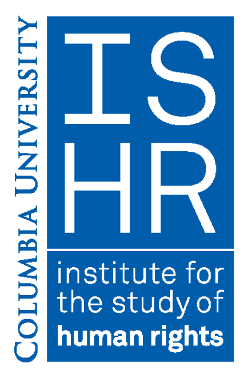| Title | Ethnohistory's Ethnohistory |
| Publication Type | Journal Article |
| Year of Publication | 2010 |
| Authors | Michael E. Harkin |
| Journal | Social Science History |
| Volume | 34 |
| Issue | 2 |
| Pagination | 113-128 |
| ISSN | 01455532 |
| Abstract | This article examines the first decades of the field of ethnohistory as it developed in the United States. It participated in the general rapprochement between history and anthropology of mid-twentieth-century social science. However, unlike parallel developments in Europe and in other research areas, ethnohistory specifically arose out of the study of American Indian communities in the era of the Indian Claims Commission. Thus ethnohistory developed from a pragmatic rather than a theoretical orientation, with practitioners testifying both in favor of and against claims. Methodology was flexible, with both documentary sources and ethnographic methods employed to the degree that each was feasible. One way that ethnohistory was innovative was the degree to which women played prominent roles in its development. By the end of the first decade, the field was becoming broader and more willing to engage both theoretical and ethical issues raised by the foundational work. In particular, the geographic scope began to reach well beyond North America, especially to Latin America, where archival resources and the opportunities for ethnographic research were plentiful, but also to areas such as Melanesia, where recent European contact allowed researchers to observe the early postcontact period directly and to address the associated theoretical questions with greater authority. Ethnohistory is thus an important example of a field of study that grew organically without an overarching figure or conscious plan but that nevertheless came to engage central issues in cultural and historical analysis. |
| URL | https://libproxy.cc.stonybrook.edu/login?url=http://search.ebscohost.com/login.aspx?direct=true&db=sih&AN=51118520&site=ehost-live&scope=site |
| DOI | 10.1215/01455532-2009-022 |





